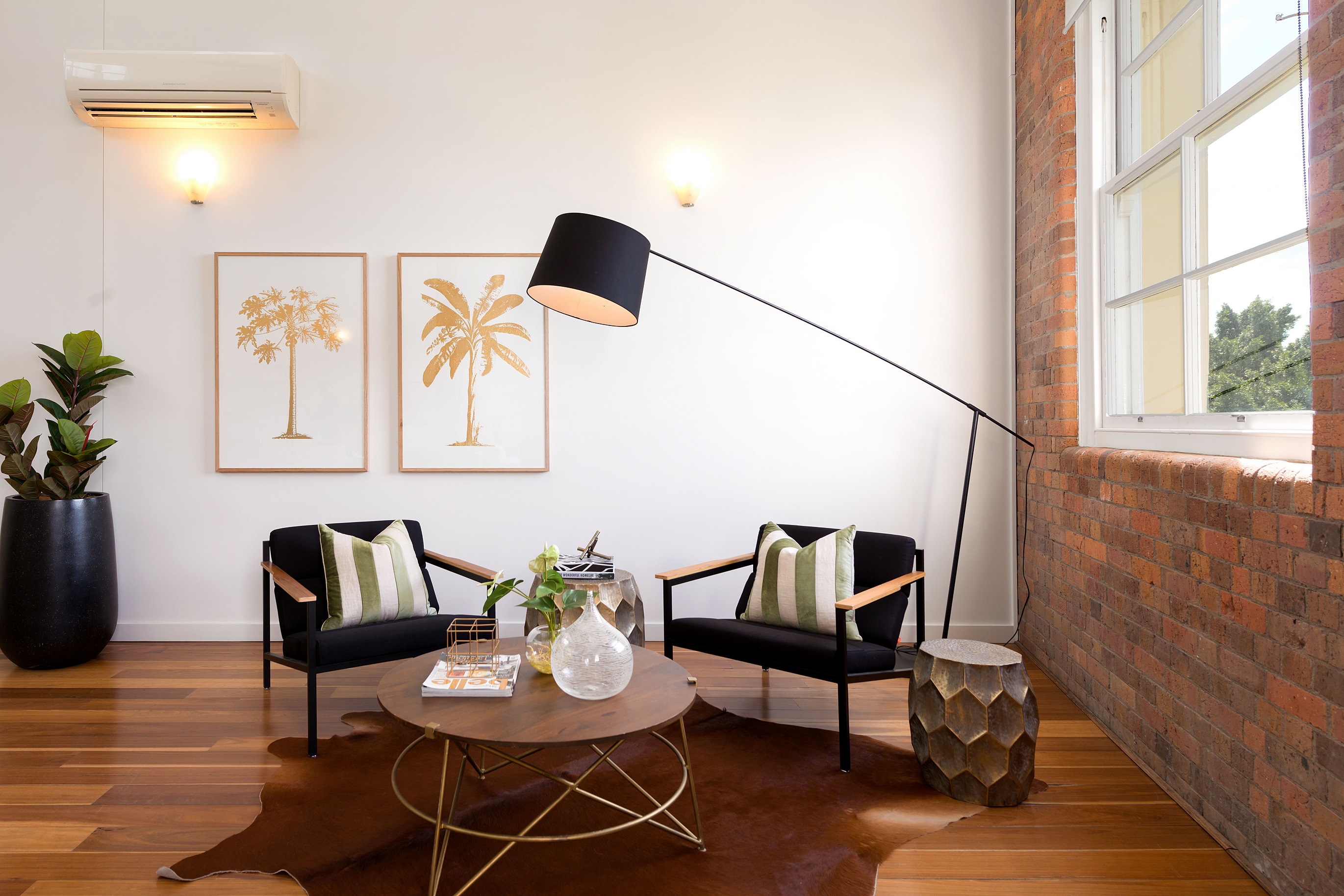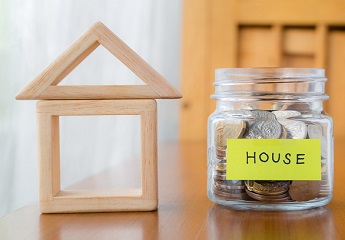CoreLogic’s national Home Value Index (HVI) marked a sixth consecutive monthly rise, up 0.8% in August.
The monthly gain was a slight acceleration from the 0.7% increase in July, interrupting a two-month trend of slowing capital gains. Since bottoming out in February, the national HVI is up 4.9%, adding approximately $34,301 to the median dwelling value.
The recovery trend remains broad-based, with every capital city except Hobart (-0.1%) recording a rise in dwelling values over the month. Gains were led by a 1.5% increase across Brisbane, followed by Sydney and Adelaide where home values were up 1.1%.
CoreLogic Research Director, Tim Lawless, noted the trend in housing values, although generally positive, is diverse.
“Sydney has led the recovery trend to-date with a gain of 8.8% since values found a floor in January this year. Brisbane has also posted a strong recovery with values up 6.2% since bottoming out in February.
“At the other end of the scale, some other capital cities are better described as flat, with Hobart home values unchanged since stabilising in April, while values across the ACT have risen only mildly, up 1.0% since a trough in April. These are also the only two capital cities where advertised supply is tracking higher than a year ago, suggesting a rebalancing between buyers and sellers is a key factor contributing to the stability of values in these regions.”
Within the capital cities, it is generally house values rather than unit values that have showed a sharper recovery trend. At the combined capital cities level, house values are up 6.3% since bottoming out in February, compared with a 4.9% rise in unit values. The more significant rise in house values comes after a larger drop through the preceding downturn, where house values were down -10.7% compared with a -6.5% drop in unit values.
“Most cities are showing a larger rise in house values compared with units, however Sydney stands out with the most significant difference through the recovery cycle to-date, possibly due to the more substantial decline in house values which fell by -15.0% through the recent downturn,” Mr Lawless said.
Conditions across regional housing markets were mixed, with values down over the month across the non-capital city regions of NSW (-0.2%) and Victoria (-0.6%), rising firmly across regional Queensland (0.8%) and SA (0.9%), and holding relatively flat in regional WA (0.1%) and Tasmania (0.0%).
“With internal migration trends normalising across regional Australia, and less demand side pressures from net overseas migration than in capital cities, regional markets generally aren’t seeing the same level of recovery,” Mr Lawless said.
“Historic migration data from the ABS shows that prior to the pandemic, regional Australia had only accounted for around 15% of total net overseas migration.
“Housing values across the combined regional areas of Australia are up 1.6% since a trough in February, compared with a larger 6.0% rise in values across the combined capitals.”
Across Australia’s regional SA3 markets, areas of the Gold Coast and Sunshine Coast comprised seven of the top 10 markets for the largest capital gain over the three months ending August.
“Coolangatta home values surged 6.2% over the past three months, followed by the Sunshine Coast Hinterland (5.8%) and Gold Coast North (5.6%). Strong internal migration into these areas is likely to be a key factor supporting housing demand and housing values in these areas,” Mr Lawless said.
*This post was originally published on https://www.corelogic.com.au/news-research/news/2023/home-value-index-shows-housing-recovery-gains-momentum-in-august-as-national-home-values-rise-0.8?utm_medium=email&utm_source=newsletter&utm_campaign=au-res-hvi-2023-sep




